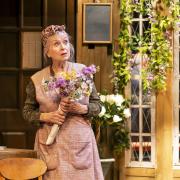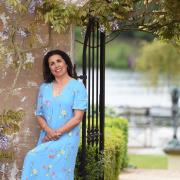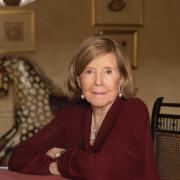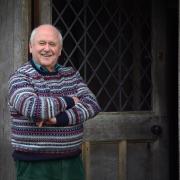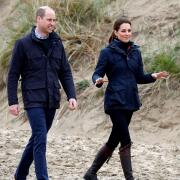As Britain commemorates the centenary of the Battle of the Somme, former war correspondent Kate Adie, talks about life for women on the home front in the First World War

First the voice: precise, considered, self-possessed – familiar to everyone who has watched or listened to news over the past 35 years. Kate Adie, former BBC chief news correspondent and a reporter from trouble spots around the world, is talking about a subject close to her heart: women in war.
And, halfway through a raft of centenaries, she is talking specifically about the role and experiences of women on the home front in the First World War.

“This was the first time that so many people across the country were drawn into a war, whether they liked it or not,” says Kate, the author of several books, including Fighting on the Home Front: The Legacy of Women in World War One, which will be the subject of an afternoon talk at this month’s Holt Festival.
Apart from the tragedy of lost family members and lovers, the women left behind at home soon found themselves at the centre of a social cataclysm that would resound through the 20th century and beyond, providing the vote for some by 1918.
“It was gradual at first,” says Kate. “There were working class women involved in manufacturing, but as the war progressed women in large numbers began to be drawn into jobs that they had never done before. Women had rarely been involved in heavy industry. Now they were replacing men in roles that had previously been exclusively male preserves: steel; engineering; shipbuilding; munitions.”
Nor was the upheaval exclusive to urban centres. “In East Anglia, you see women going on to the land to work, but there were problems. A huge number of farmers didn’t want women working on their farms. They preferred to use young boys or elderly men – even when there was a crisis in agriculture in 1917 when they couldn’t get the harvest in.
“Then, in various parts of the region, for the first time women were leaving their rural existence, where most of them were in domestic service, and heading for places like Nottingham, Leicester and London to work in the factories. Lots of girls from rural backgrounds would never have left home before they married in normal times. This was a social revolution.”
Kate, whose late parents retired to north Norfolk, is familiar with the area and looking forward to a return to Holt in between book writing commitments and her regular From Our Own Correspondent broadcasts on BBC Radio Four.
Like many of her generation she has developed a fascination for the four years of the First World War, but has observed that the conflict continues to strike a chord with younger people.
“This war has a hold on the country,” she says. “So many people’s lives changed, and part of our development is down to the First World War.”
Kate Adie appears athe Holt Festival Wednesday, July 27, 2pm-3pm, Auden Theatre, Holt. Tickets: £15/£5 concessions, 01603 598699, www.holtfestival.org.uk
Fighting on the Home Front: The Legacy of Women in World War, Hodder & Stoughton, £8.99.
Norfolk in the First World War by Frank Meeres (Phillimore), costs in the region of £8 from City Bookshop in Norwich or www.amazon.co.uk










